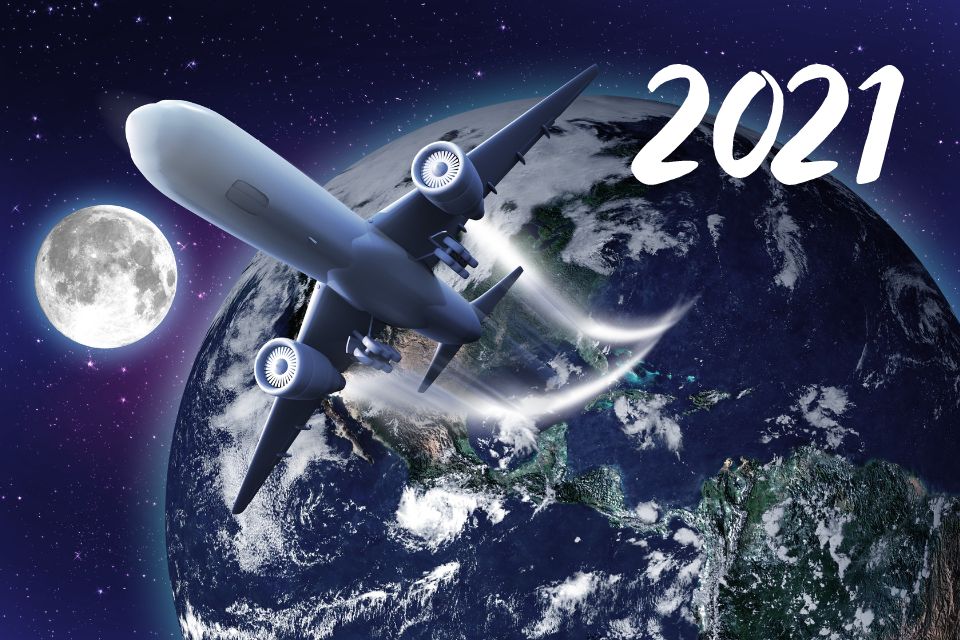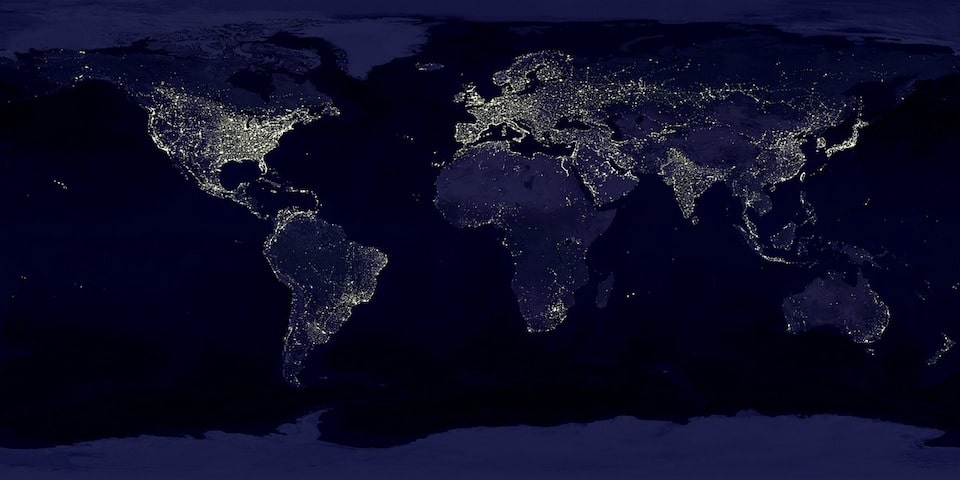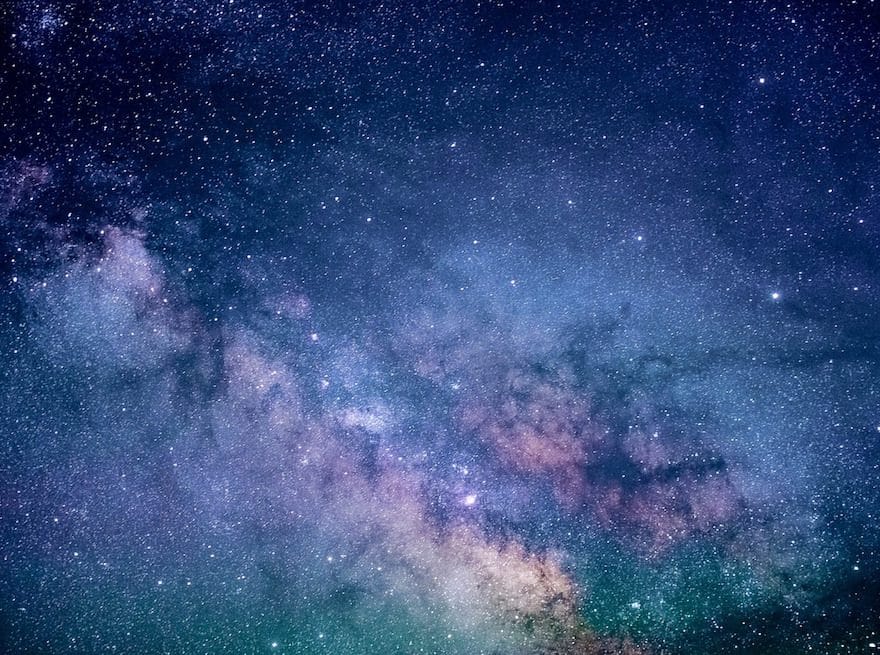Last updated on June 25, 2022 by Roger Kaufman
Source: SpaceRip
An astronaut pulls out his camera and films - night flight in space
Night flight in space – welcome aboard the ISS, we the plane along over the nightly glowing earth.
Dr. Justin Wilkinson is our tour guide. This intimate tour takes us over Cities and coasts of North and South America, the Middle East and Europe.
Well, someone can claim that the earth isn't beautiful
What is the International Space Station ISS?
explanation of Terms at Wikipedia:
The International Space Station (English International Space Station, short ISS, Russian Mid-dunary space world, ISS) is a manned space station that is operated and expanded in international cooperation.
The first plans for a large international space station were made in the 1980s Freedom or Alpha.
The ISS has been under construction since 1998. It is currently the largest artificial object in Earth orbit.
It circles at around 400 km[1] altitude with an orbit inclination of 51,6° in an easterly direction once around the earth within about 92 minutes and has reached a spatial extent of about 110 m × 100 m × 30 m.
The ISS has been permanently inhabited by astronauts since November 2, 2000.
Source: Wikipedia
Cost of flying into space

The cost of space travel before and after SpaceX
On December 21, 2021, SpaceX's Falcon 9 rocket launched a cargo capsule to deliver supplies and holiday gifts to astronauts in the International Space Station.
Just 8 minutes after launch, the rocket's first stage returned to Earth and landed on one of SpaceX's drone ships in the Atlantic Ocean. This was the company's 100th effective landing.
Like other companies like Jeff Bezos' Blue Beginning and also Ball Aerospace, SpaceX builds and builds ingenious spacecraft that speed up space delivery by making it more regular and less expensive. But how much does it cost you to launch a cargo rocket into space, and how exactly have those costs changed over the years?
In the figures above, we look at the price per kilogram for area launches around the world since 1960, based on information from the Center for Strategic and International Studies.
The space race
The 20th century was marked by a competition between two Cold War adversaries, the Soviet Union (USSR) and the United States, to achieve remarkable space capabilities.
The Territory Race led to tremendous technological advances, but these advances came at great cost. For example, NASA spent $1960 billion to land astronauts on the moon in the 28s, a cost that is equivalent to about $288 billion today adjusted for inflation.
Over the last twenty years, space startup companies have actually proven that they can compete against heavyweight aerospace companies like Boeing and Lockheed Martin. Today, launching a SpaceX rocket can be 97% cheaper than the price of a Russian Soyuz flight in the 60s.
The secret to increasing price effectiveness?

SpaceX rocket boosters typically return to Earth so well that they can be overhauled, saving money and helping the company undercut rivals' costs.
Space tourist
Although competitors have actually reduced the prices of cargo flights, transportation in human spaces is still expensive.
Over the past 60 years, approximately 600 people have flown directly into the area, and the vast majority of them have been government astronauts.
For a suborbital trip on Virgin Galactic's SpaceShipTwo and Blue Beginning's New Shepard, seats typically cost $250.000 to $500.000. Flights beyond that into actual orbit – a much higher altitude – are much more expensive, bringing in more than $50 million per seat.
The future of space travel
In a SpaceX press release, SpaceX director Benji Reed stated: “We want to make life multiplanetary, which means putting millions of people first.”
This may still seem like a stretch for the majority of people. But assuming that the cost of local excursions has fallen over the past two decades, the sky may not be the limit in the near future.
The future of space travel is here: SpaceX Starship – launch possible next month!
If everything goes smoothly, the gigantic SpaceX Starship will launch its first orbital flight next month.
This is the news of an absolutely gigantic presentation.
Elon Musk in front of the Starship with the Super Heavy Booster.
The largest rocket and heaviest flying object of all time. It has twice the thrust of the Apollo rocket Saturn V, the largest rocket to date.
Source: Thanks4Giving








